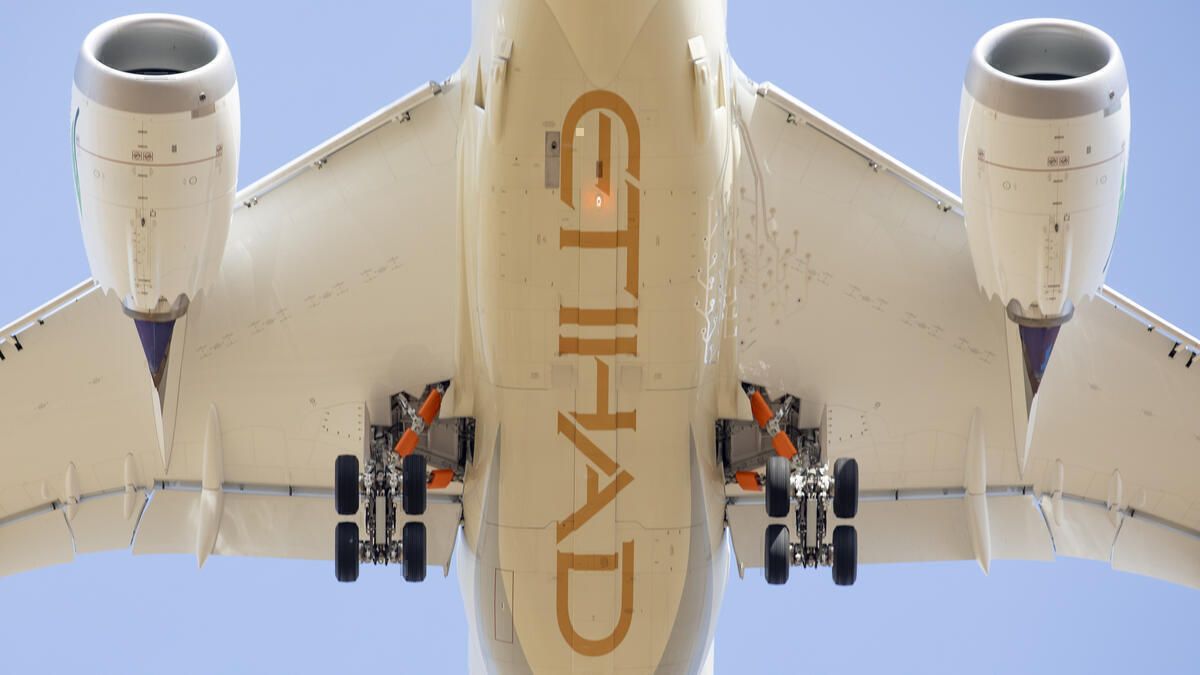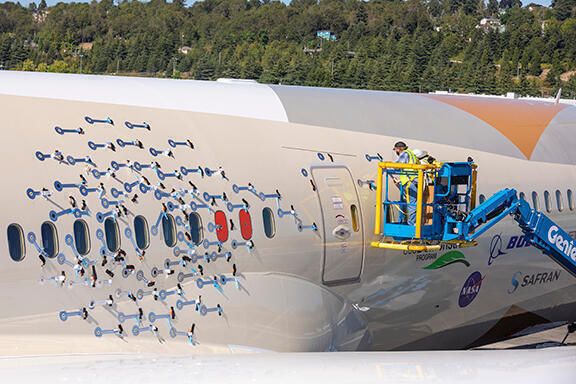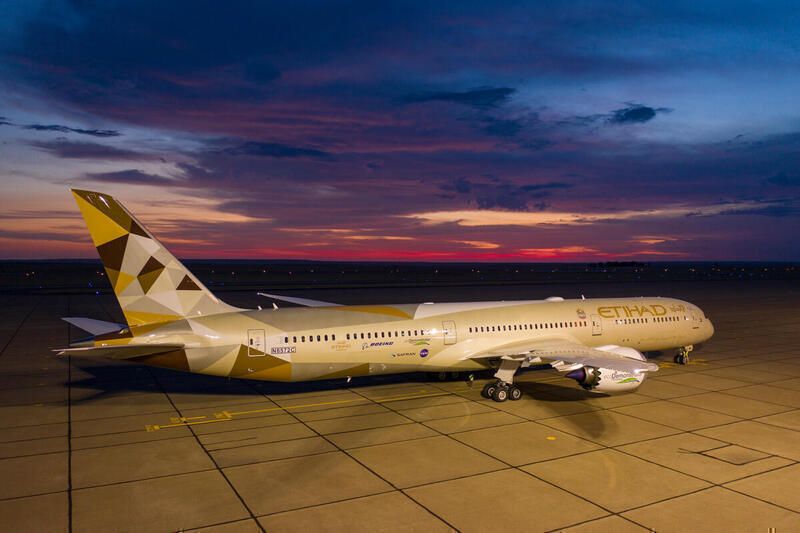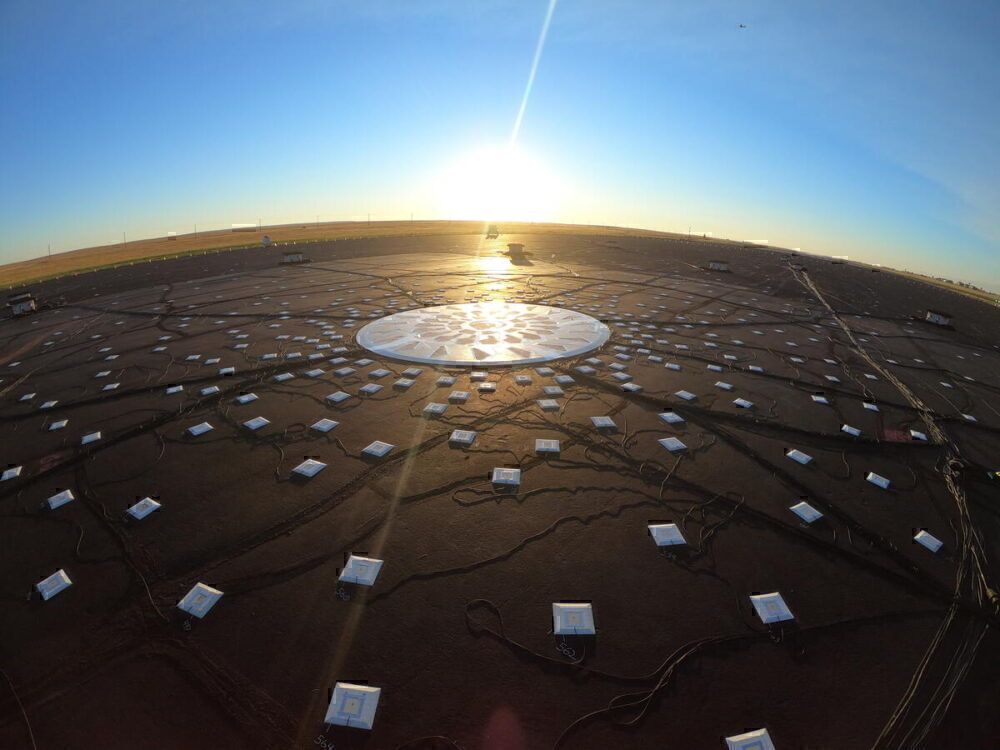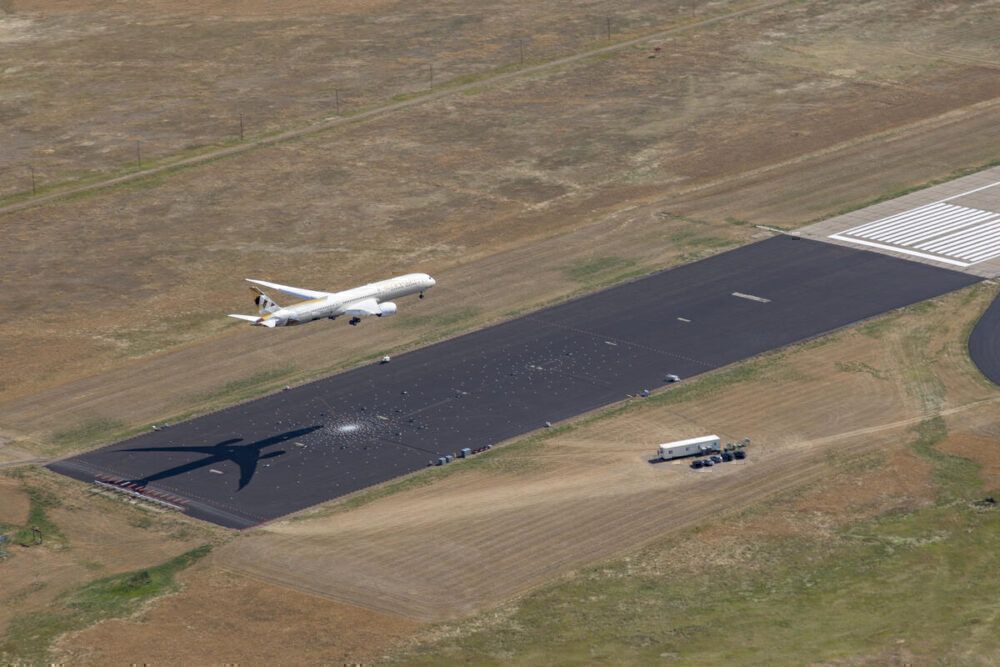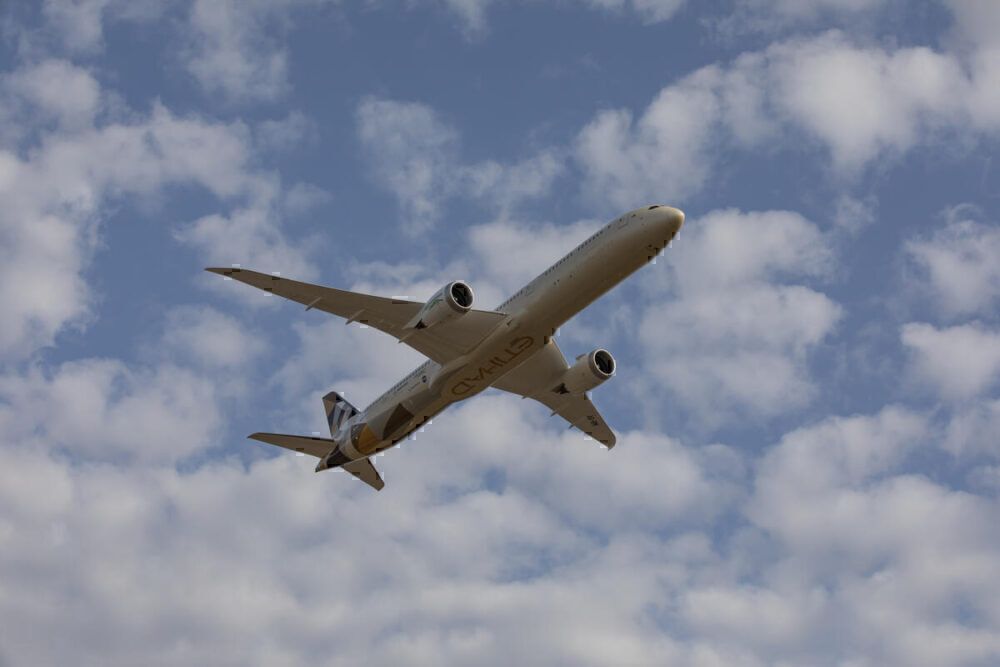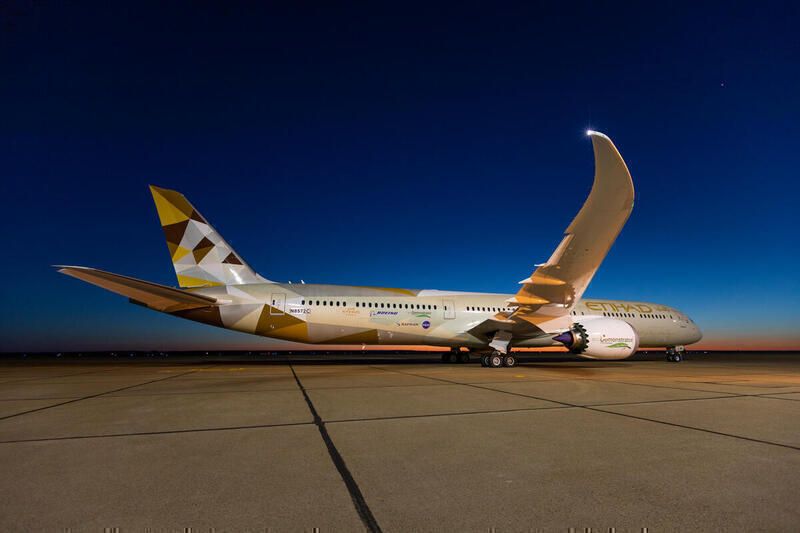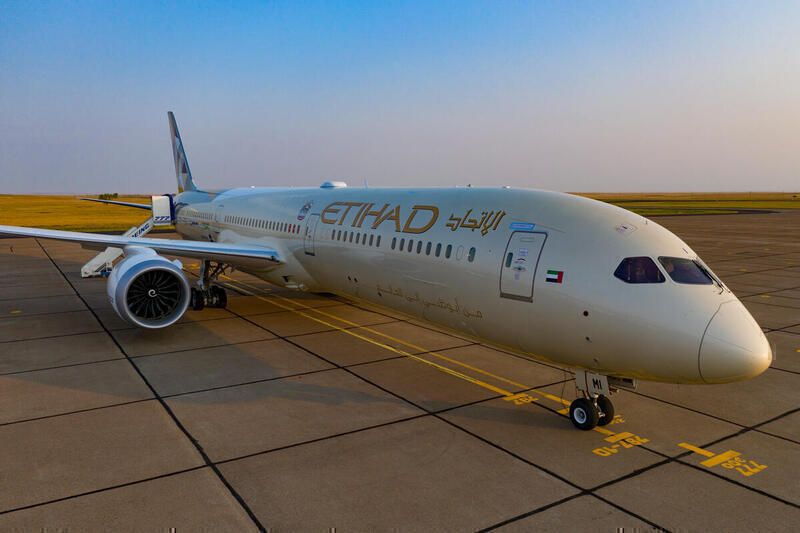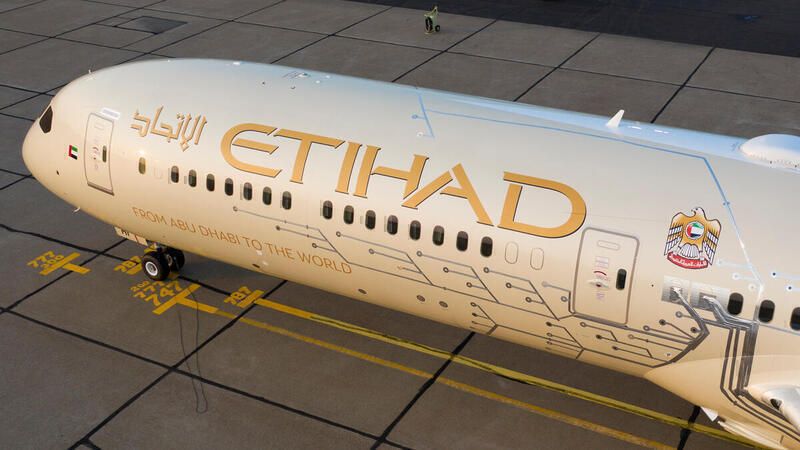Following an intense testing program lasting just eight days, Boeing has concluded its latest ecoDemonstrator project. The project saw an Etihad Boeing 787-10 used as a platform to test initiatives aimed at improving aviation in the future.
The ecoDemontstrator project has been running for some eight years since an American Airlines Boeing 737 was first used in 2012. Since then, several new initiatives have been tested on various aircraft, including the 767 and 777.
Stay informed: Sign up for our daily aviation news digest.
Compact testing schedule
Most recently, a Boeing 787-10 was used for the tests. This aircraft is due to be delivered to Etihad Airways by the end of the month, meaning that the window for tests was reasonably tight. In total, tests were carried out over eight days, with the aircraft in Boeing's care for just 27 days from starting to install microphones to finishing removing equipment.
This testing was Boeing's most compact ecoDemonstrator iteration, and to ensure that everything went as planned, the entire testing program was meticulously designed virtually before the project.
Acoustic research
Several big themes were running through this strand of Boeing's ongoing ecoDemonstrator project. The main one was to do with noise. Boeing partnered with both NASA and Safran for this.
You may notice that there seems to be a circuit board design on the aircraft's fuselage. However, this is an array of 214 microphones. Together with 1,000 microphones on the ground in Montana, over 50 maneuvers were conducted on 88 passes of the ground site, to measure precisely where noise is being generated on the aircraft.
The thinking is that if Boeing calculates this on its quietest aircraft, it can feed this into future designs that are even quieter. The remote Montana location was chosen as Boeing can avoid interference from other sources of noise such as industry.
At the same time, Safran was partnering with Boeing to test modified landing gears. Bright orange fairings were attached to the landing gear, bearing an aerofoil shape. 23 passes were made over the microphone array, with ground witnesses saying the fairings made a noticeable difference to the aircraft's noise.
This is a crucial area of research for Boeing, as the landing gear accounts for 30% of the noise generated as an aircraft comes into land.
Sustainable aviation fuels
To prove the concept of sustainable aviation fuels, Boeing used them for the flight testing on the ecoDemonstrator. The aim was to show that large quantities of fuels could be made. As such, 50,000 US gallons of fuel were produced for the test.
The aircraft used a 50/50 blend, meaning that it is half biofuel and half regular fuel. This is the maximum permitted concentration of fuel according to certification requirements. The fuel was produced from inedible agricultural waste and can reduce an aircraft's CO2 emissions by 75% over its lifecycle.
As for the future of the ecoDemonstrator project? This Boeing 787-10 will now be reconfigured as a passenger aircraft and delivered to Etihad. Meanwhile, work will continue analyzing the data gathered and preparing for a future project.
While Boeing couldn't say what's coming next, ideas are underway. Around 1/3 of projects tested on an ecoDemonstrator have made it to fruition, such as the Boeing 737 MAX's wingtips. A further 1/3 remains under development, while the final third has been shelved for the time being.
What do you make of Boeing's ecoDemonstrator program? Let us know your thoughts in the comments!

